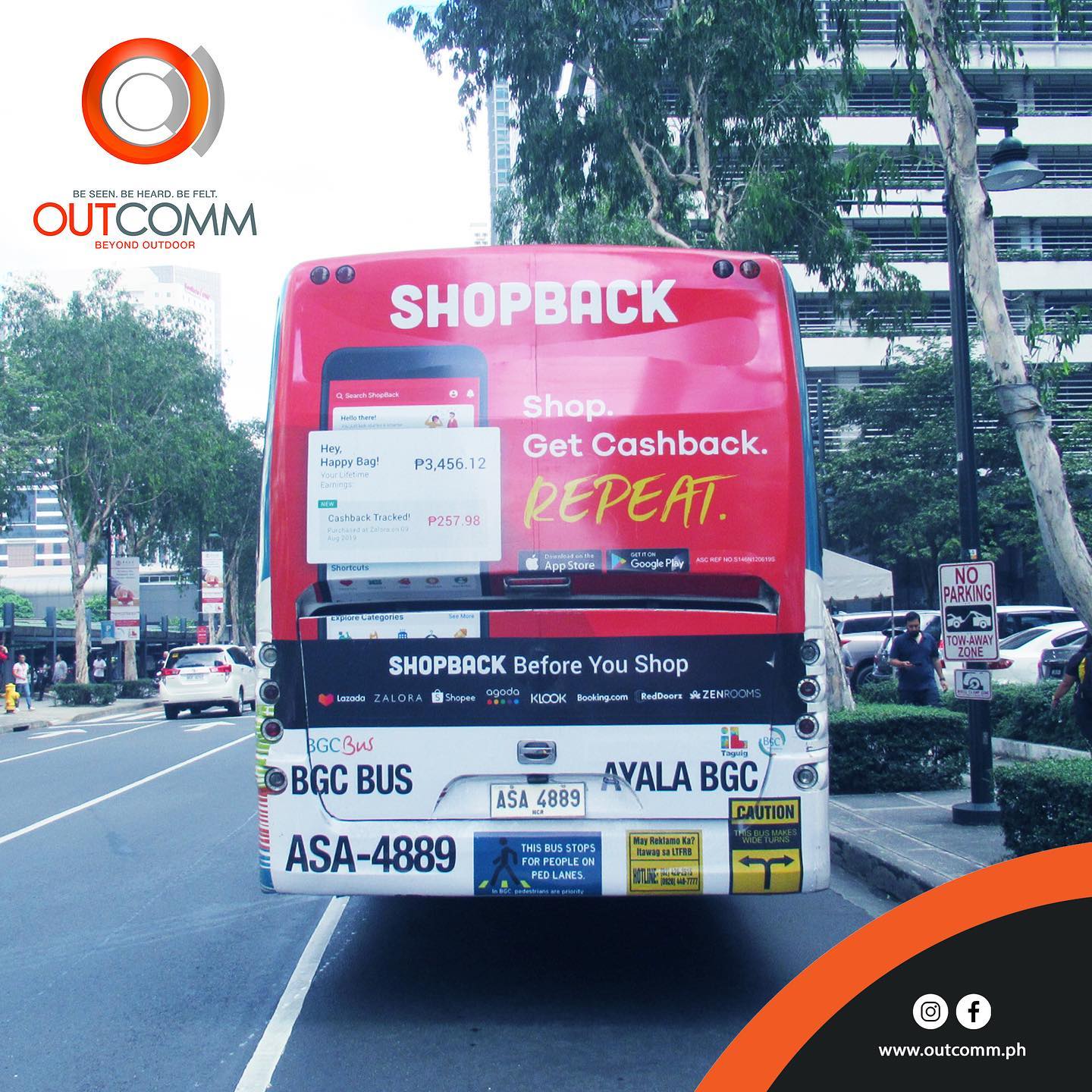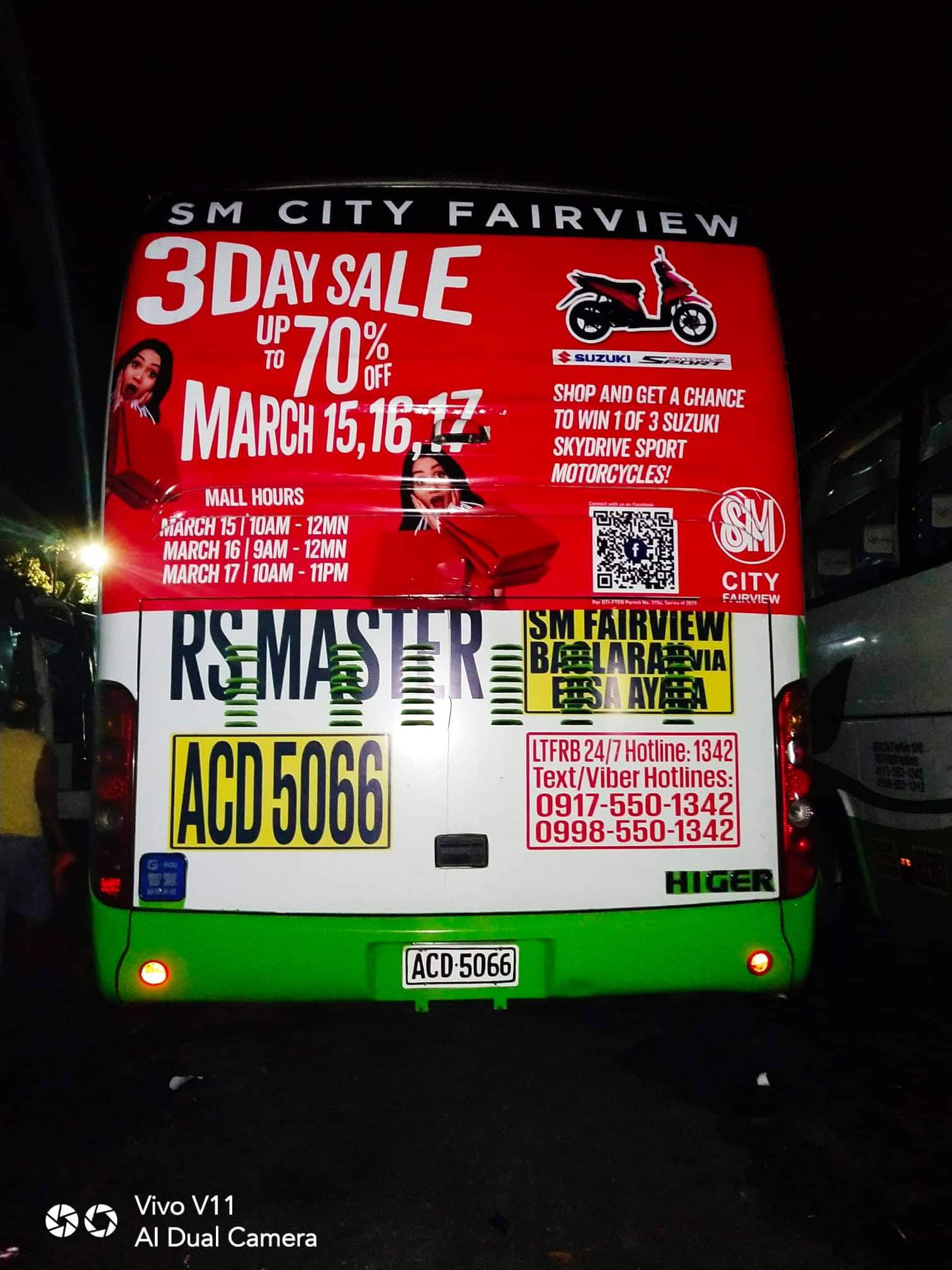Take Full Advantage Of Exposure with Transit Advertising Philippines
Take Full Advantage Of Exposure with Transit Advertising Philippines
Blog Article
Exploring the Influence and Performance of Transit Marketing in Urban Advertising And Marketing Approaches
Transportation marketing has actually come to be a considerable part of metropolitan advertising strategies, utilizing on the distinct dynamics of public transportation environments. With the quick advancement of modern technology and shifting consumer behaviors, the landscape of transportation advertising and marketing is undertaking noteworthy modifications that warrant closer exam.
The Increase of Transit Advertising And Marketing
As metropolitan populations remain to swell, the demand for cutting-edge marketing solutions has caused the increase of transportation marketing as a critical part of urban marketing techniques. This type of marketing leverages public transport systems-- such as subways, trains, and buses-- to get to a varied target market in largely populated areas. The efficiency of transportation advertising hinges on its capability to involve customers during their day-to-day commutes, an usually neglected yet important time for brand messaging.
With cities ending up being increasingly stuffed, typical marketing spaces are coming to be scarce and much less effective. Transportation advertising offers a dynamic option, enabling brands to showcase their messages in high-traffic areas where prospective consumers are regularly exposed to the ads. In addition, as metropolitan homeowners increasingly count on public transport, the significance and exposure of transit marketing have grown substantially.
Additionally, technical advancements have actually enhanced the elegance of transit advertising and marketing, permitting digital screens and interactive campaigns that can capture consumer attention better than static advertisements. Therefore, transportation advertising and marketing is not only an economical option however additionally an essential method for brand names seeking to get in touch with urban customers in an impactful and memorable manner.
Key Benefits of Transportation Advertising And Marketing
The performance of transit marketing is highlighted by its diverse benefits, making it an invaluable tool for city marketing professionals. Among the main advantages is its extensive reach; transit systems offer millions of travelers daily, permitting brands to attach with a varied target market in high-traffic settings. This visibility enhances brand name understanding, guaranteeing that promotions are seen repeatedly by travelers.

Additionally, transportation marketing is cost-efficient compared to various other media, providing a lower expense per impression while maintaining high visibility. The flexibility of advertisement layouts, from bus covers to digital displays, enables for impactful and innovative projects that can adjust to transforming market needs.
Customer Habits Insights
A significant section of customer habits is influenced by the prevalent nature of transit advertising and marketing in metropolitan settings. This type of marketing captures the interest of varied demographics, engaging customers during their day-to-day commutes.
Study suggests that transportation marketing can stimulate emotional actions, leading to enhanced brand affinity. Customers frequently connect the experience of commuting with particular brands, creating a lasting impact that affects buying decisions. Additionally, the frequency of direct exposure to transportation ads promotes familiarity, which is a critical element in customer trust and loyalty.

Moreover, the common facet of mass transit contributes to this phenomenon; as people share rooms, they are more probable to talk about and advise brand names they come across. Thus, transit advertising and marketing not only reaches consumers but likewise stimulates social interactions that enhance brand messaging. Understanding these behavioral insights allows marketing experts read the full info here to customize their approaches effectively, ensuring that their projects resonate with target audiences in the urban landscape.
Case Studies and Success Stories
Effective execution of transportation advertising and marketing methods is exemplified with various study that highlight its efficiency in city advertising and marketing. One remarkable instance is the collaboration in between a preferred drink company and a significant city's public transit system. The project used bus wraps and indoor posters, causing a 30% rise in brand name recognition and a 15% increase in sales within the target demographic over three months.
Another effective case involved a regional restaurant chain that used train station marketing to bring in travelers. By producing visually striking advertisements that offered timed promos, the restaurant experienced an uptick in foot website traffic, with an impressive 25% rise in lunch hour clients.
In addition, a city's tourist board launched a transit campaign showcasing local destinations through bus stop display screens and subway ads. The campaign led to a substantial boost in tourist brows through, as reported by a 40% boost in queries at site visitor facilities.
These situation researches emphasize the versatility and potential of transit advertising to involve urban target markets effectively, demonstrating that tactical placements can yield substantial rois and boost brand visibility in bustling urban settings. - Transit Advertising Philippines
Future Patterns en route Advertising
As metropolitan landscapes continue to develop, so as well does the world of transportation advertising, which is poised to embrace cutting-edge innovations and approaches. One significant fad is the assimilation of electronic advertising displays right into public transportation systems.
Another emerging trend is the usage of enhanced truth (AR) and digital truth (VR) experiences within transit marketing. These immersive modern technologies can astound travelers, changing review ordinary trips into interactive brand experiences. Additionally, sustainability is becoming significantly important; environmentally friendly advertising and marketing materials and practices are likely to acquire grip, reflecting the growing consumer demand for company social responsibility.
Lastly, the surge of mobile connectivity will facilitate greater combination in between transportation marketing and individual gadgets. Advertisers can produce smooth cross-channel experiences, allowing for prompt communication and interaction with potential clients. Jointly, these fads indicate a transformative future for transit advertising and marketing, providing brand-new opportunities for brands to connect with city audiences.
Conclusion
Transportation advertising has actually developed itself as a significant part of city marketing strategies, demonstrating considerable efficiency through boosted brand presence and customer involvement. The ability to adapt messages to details demographics, paired with the innovative use innovation, placements transit advertising as a driving pressure in modern advertising and marketing (Transit Advertising Philippines). As city settings remain to advance, the future of transit advertising assures further improvements, ensuring its significance and influence in shaping customer understandings and behaviors in urban landscapes
As city populaces continue to swell, the demand for ingenious advertising solutions has actually led to check here the increase of transit advertising as an essential element of city advertising and marketing methods.A considerable part of customer behavior is affected by the pervasive nature of transit advertising and marketing in city settings. Jointly, these trends suggest a transformative future for transportation advertising, using new opportunities for brands to attach with metropolitan target markets.
Transit marketing has actually established itself as a substantial part of city marketing methods, showing significant effectiveness via improved brand presence and customer engagement. As city settings proceed to progress, the future of transit marketing guarantees more innovations, guaranteeing its importance and effect in forming consumer perceptions and behaviors in urban landscapes.
Report this page